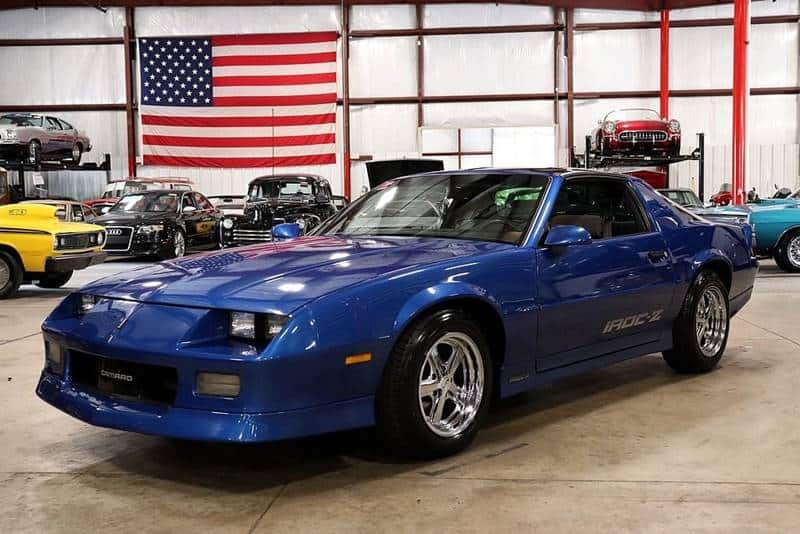
“Camaro. The 2 + 2 legend that can make you look good, even when it’s standing still.” 1989 Camaro sales brochure
- The sports coupe was dropped for the first time since the Camaro was introduced in 1967, and was replaced by the RS model.
- The Pass-Key theft deterrent system from the Corvette was made standard on all models this year.
- The 5.7 liter V8 increased from 230 horsepower to 240.
Muscle Car Specifications
1989 was very much a carryover year for the Camaro, barring the introduction of the RS model, which was little more than a name change from the sports coupe of 1988. The RS did not stand for the Rally Sport – the Camaro model that had experienced a heyday in the 1970s – but simply RS. And other than a few decals marking the car, there were few ways to tell the difference between the two year models.
There were a few differences, however, and most were on the IROC models. All models now included rear shoulder belts, and the base wheels for the IROC were restyled. Brakes for the IROC were improved, as well.
Engine options essentially were a carryover as well, though a few fuel injection improvements on the more powerful Tuned Port Injection (TPI) motors offered a few more horsepower for each engine. The base engine remained a 2.8 litre V6 that produced 135 horsepower, while the base V8 5.0 litre motor producing 170 horsepower. This motor was standard in the IROCs and optional in the RS models. If buyers upgraded to the aforementioned TPI engines, they got between 195 and 230 horsepower, depending on whether they selected a manual or an automatic. As it had been since its introduction in 1987, the 5.7 litre engine was only available in an automatic.
For the first time in a few years, total production of the Camaro rose this year, with 110,739 cars produced, an improvement of nearly 15,000 from the year before. This rise is somewhat surprising considering not only the history of declining sales in the previous few years, but also that the price for Camaros went up by $500-$930 depending on model, and that the base price now stood at $11,495.
Rally Sport
Like the coupe before it, the RS held the largest percentage of Camaro sales, this year by a long shot. Production totaled 83,487, representing more than 75 percent of Camaro sales. 3,245 RS convertibles were produced.
IROC-Z
The IROC saw a production decrease of about 4,000 cars. Total production was 20,067 this year, with 3,940 of those being convertibles.
1989 Pony Car Competition
Though the Mustang couldn’t have really been considered a pony car since the introduction of the Mustang II in 1974, the third-generation of the car was quickly becoming one of the most powerful and highly sought small sports cars of the 1980s. By 1989, the Mustang was outselling Camaro by a margin of about two-to-one, and by 1994, both would once again be considered true pony cars.
However, in the intervening years, GM was content to leave both the Camaro and the Firebird basically alone. In fact, the Camaro had received no drastic changes since the introduction of the second-generation in 1982. This would prove to be bad for sales numbers as consumers seemed to finally grow tired of the once popular styles. It would be four more years before the third-generation Camaro finally was introduced in 1993. Production was particularly poor in 1990, though this was largely due to the fact that Chevy had to discontinue use of the IROC name mid-way through the year, as Dodge began sponsoring the International Race of Champions, the race from which the car took its name.
Engine Specifications
| Type | Size | Carb | Horse Power | Tourqe |
|---|---|---|---|---|
| LB8 V6 | 173ci | MFI | 135 hp @ 4900 rpm | 160 lb-ft @ 3900 rpm |
| LB9 TPI | 305ci | Tuned Port Injection | 220 hp @ 4400 rpm | 290 lb-ft @ 3200 rpm |
| LO3 | 305ci | Fuel Injection | 170 hp @ 4000 rpm | 255 lb-ft @ 2400 rpm |
| B2L TPI | 350ci | Tuned Port Injection | 240 hp @ 4400 rpm | 330 lb-ft @ 3200 rpm |
Performance Statistics
| 0 to 60 mph | Quarter Mile | Engine | Source |
|---|---|---|---|
| 6.9 sec | 15.5 sec @ 91.7 mph | 350ci/230hp | Motor Trend 1/88 |
| 7.8 sec | 16.3 sec @ 84.31 mph | 305ci/195hp | Motor Trend 11/89 |
IROC – A Future Must Have
This generation of Camaros are very affordable right now. This is especially true when you compare the performance levels to that of more collectible muscle cars from the late 1960’s and early 1970’s. For those looking for a fast car at a reasonable price the IROC is a great choice. Not only are they relatively affordable but they have potential for price appreciation as time passes. As with any muscle car purchase, look for low mileage models that have not been abused or heavily modified.

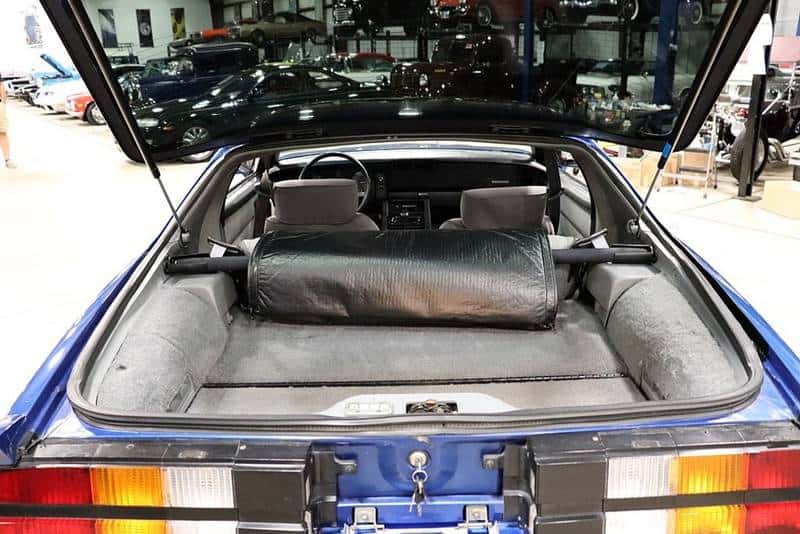
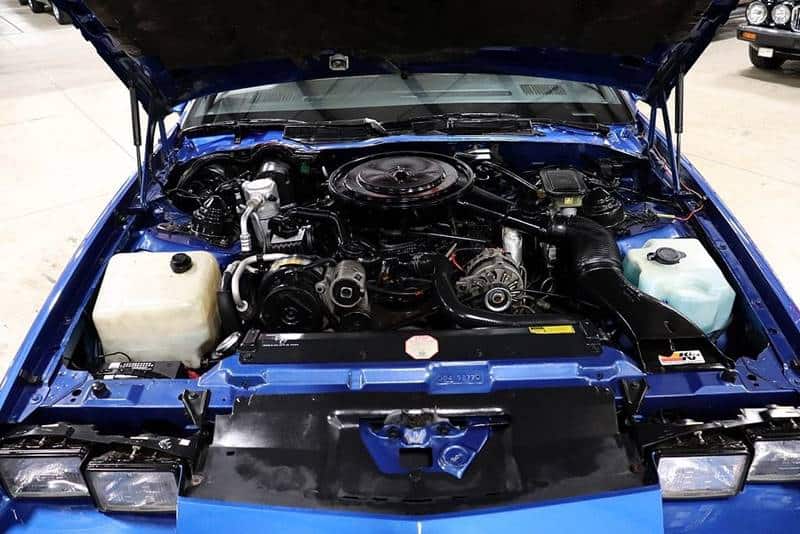
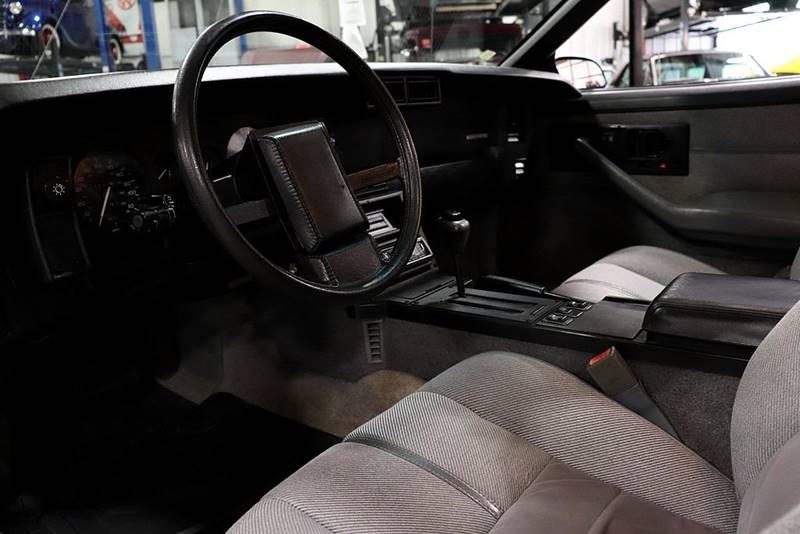
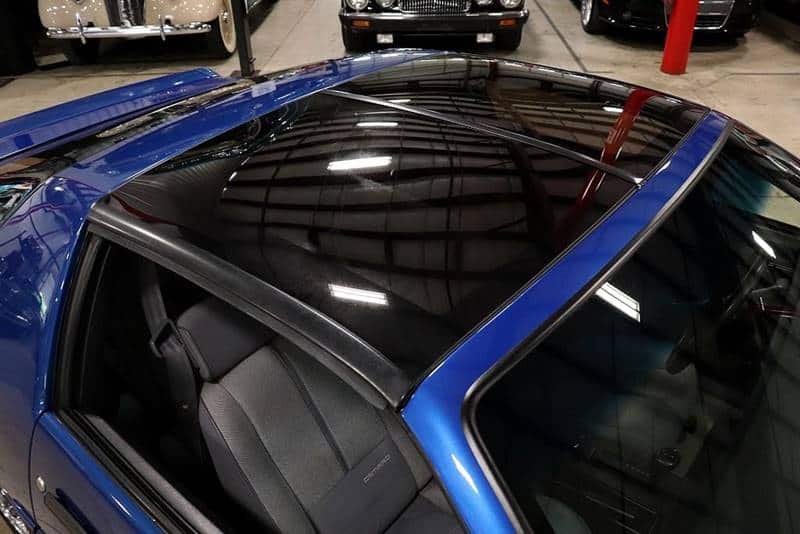
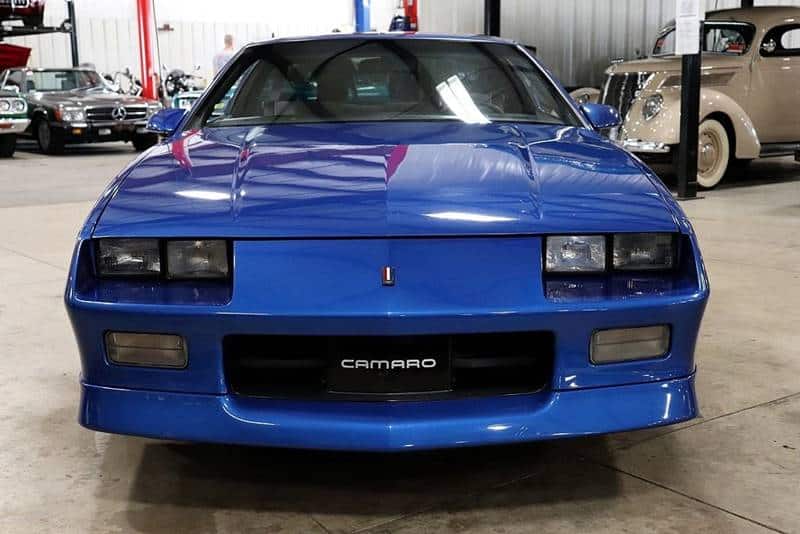
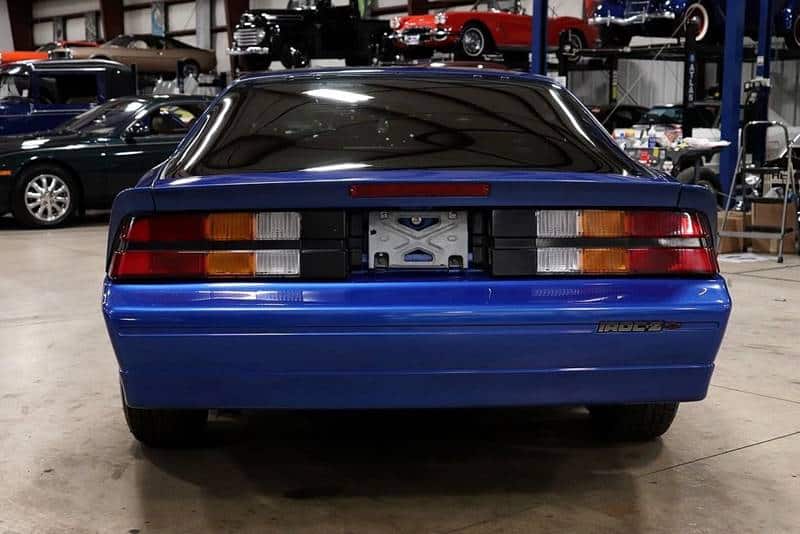
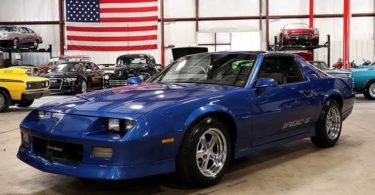
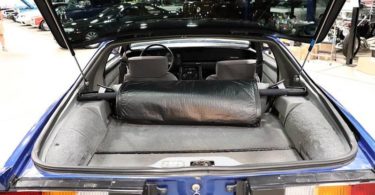
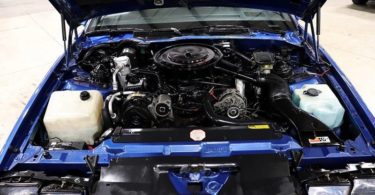
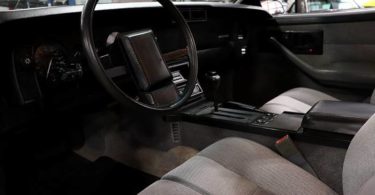
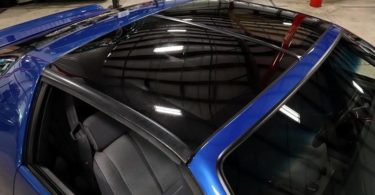
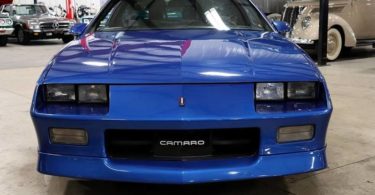
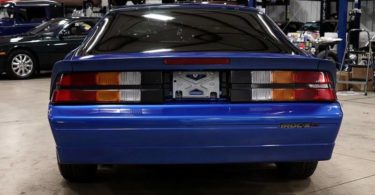

1989 CAMARO RS. 14 years old until somebody rear-ended it. Car totaled. 240,000 almost trouble-free miles. Easy 30 MPG on highway with rather aggressive driving. This ASE Master Technician cannot conceive a more perfect automobile. Under US$400 total repairs in 14 years!!